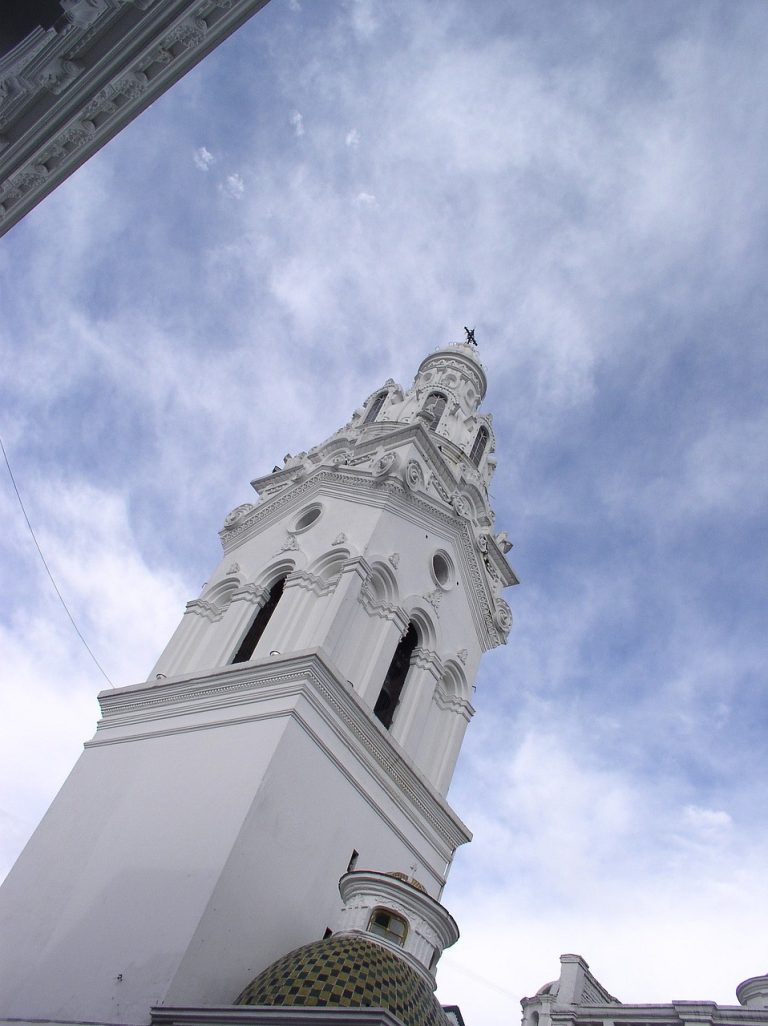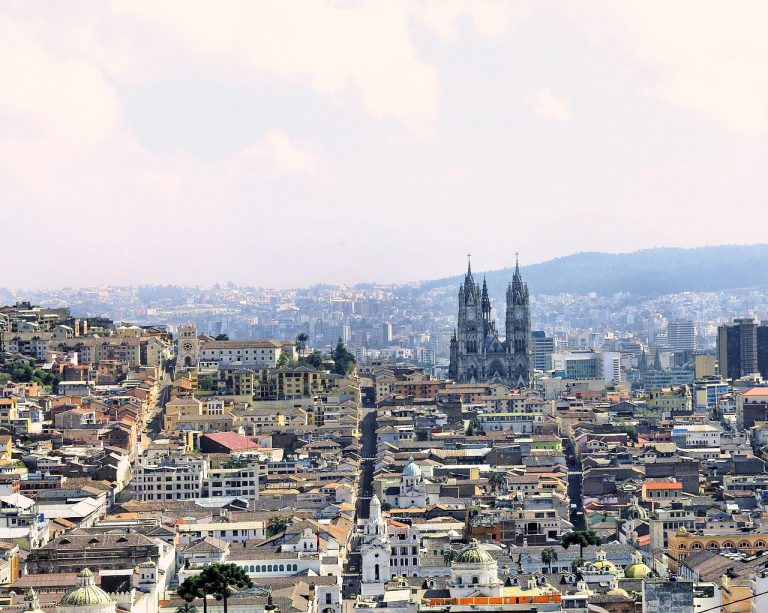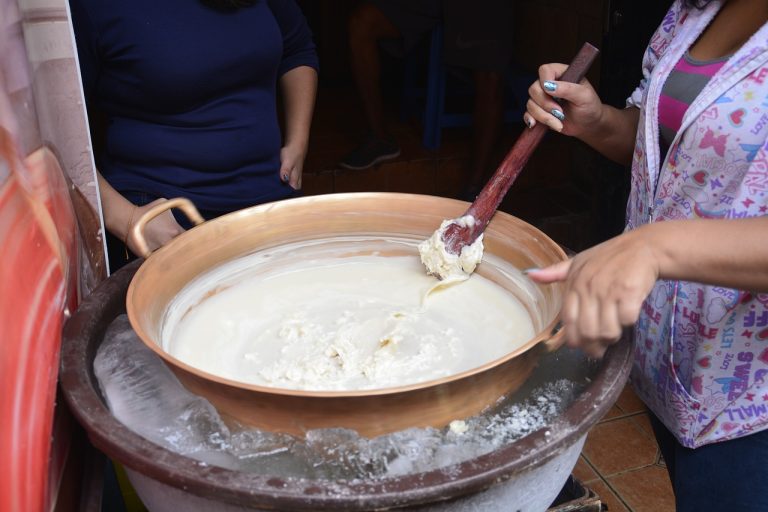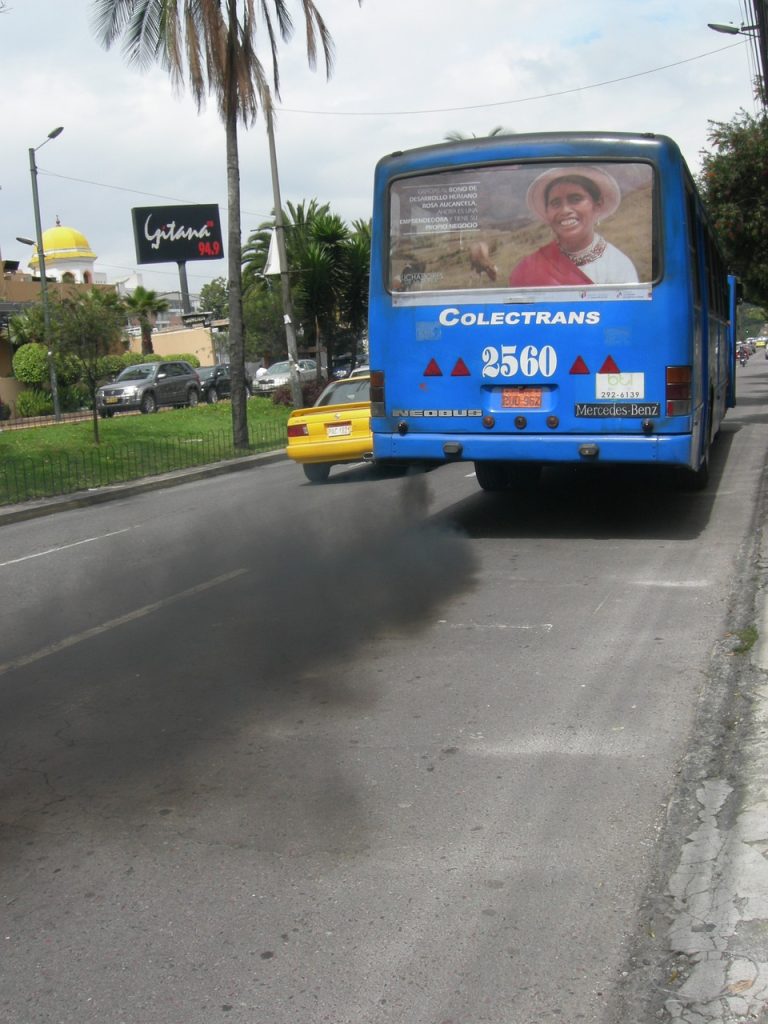Quito Ecuador Video
Traditional Festivals and Celebrations of Quito Ecuador
Quito, the capital city of Ecuador, is renowned for its vibrant and diverse culture. The city is home to a rich variety of traditional festivals and celebrations that showcase the unique heritage and customs of its people. From religious processions to colorful parades, these events offer visitors a chance to immerse themselves in the rich history and traditions of Quito. In this article, we will explore ten of the most significant traditional festivals and celebrations in Quito Ecuador.
Inti Raymi Festival
- Inti Raymi Parade: The Inti Raymi Festival, also known as the Festival of the Sun, is a celebration of the Inca Empire’s sun god, Inti. The festival takes place on June 21st, the winter solstice in the Southern Hemisphere. The parade features traditional Inca costumes, music, and dance, as participants pay homage to the sun god.
- Corpus Christi Procession: As part of the Inti Raymi Festival, the Corpus Christi Procession is a religious procession that takes place in the historic center of Quito. Participants carry religious statues and walk along the streets adorned with colorful flower carpets, creating a beautiful and solemn atmosphere.
- Traditional Food and Drinks: During the Inti Raymi Festival, traditional food and drinks are an essential part of the celebrations. Visitors can enjoy dishes like roasted pork, corn-based delicacies, and chicha, a traditional fermented corn beverage.
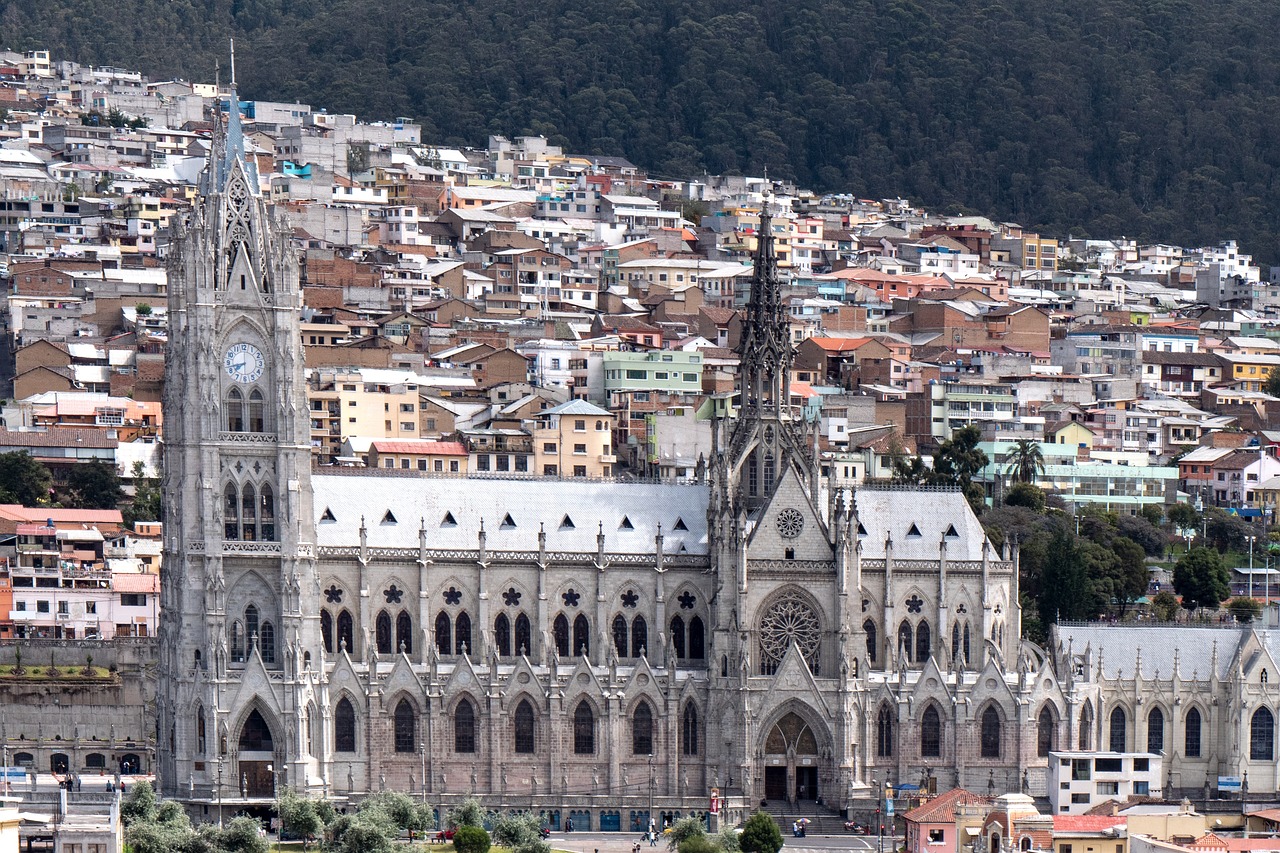
La Fiesta de la Luz
- Light Installations: La Fiesta de la Luz, or the Festival of Lights, is a spectacular event that transforms Quito into an open-air art gallery. International and local artists create stunning light installations that illuminate the city’s iconic buildings and landmarks, creating a magical ambiance.
- Nighttime Parades: The festival includes vibrant nighttime parades featuring dancers, musicians, and performers. The streets come alive with music, colors, and energy as locals and visitors gather to enjoy the lively atmosphere.
- Fireworks Display: The grand finale of La Fiesta de la Luz is a mesmerizing fireworks display that lights up the night sky over Quito. The fireworks showcase bursts of colors and patterns, creating a breathtaking spectacle for all to enjoy.
El Pase del Niño Viajero
- Procession of the Traveling Child: El Pase del Niño Viajero, or the Procession of the Traveling Child, is one of the most important religious festivals in Quito. The procession celebrates the birth of Jesus and features a statue of the baby Jesus, known as the Traveling Child, being carried through the streets by devotees.
- Traditional Costumes: Participants in the procession wear traditional costumes representing different biblical characters, such as Mary, Joseph, angels, and shepherds. The vibrant costumes add to the festive spirit of the event.
- Street Performances: Alongside the procession, there are street performances, including traditional music, dance, and theater. The streets of Quito come alive with cultural displays, creating a joyful and festive atmosphere.

Carnaval
- Water Fights: Carnaval in Quito is a time of joyous celebration and water fights. People take to the streets armed with buckets, water balloons, and water guns to engage in friendly battles, cooling off from the summer heat.
- Traditional Music and Dance: The festivities are accompanied by traditional music and dance performances. The streets are filled with the sounds of upbeat rhythms and the vibrant colors of dancers in traditional costumes.
- Food and Drinks: During Carnaval, traditional Ecuadorian delicacies, such as empanadas and espumilla (a sweet meringue dessert), are enjoyed by locals and visitors alike. It is a time to indulge in delicious treats and traditional beverages.
Independence Day
- Parades: Independence Day in Quito is celebrated with grand parades that showcase the city’s rich history and cultural diversity. Participants march through the streets, dressed in traditional attire, while bands play lively music.
- Fireworks: As night falls, the sky over Quito lights up with dazzling fireworks displays. The fireworks symbolize the spirit of independence and create a festive atmosphere throughout the city.
- Street Festivals: Independence Day is also marked by street festivals, where locals and visitors gather to enjoy live music, dance performances, and traditional food and drinks. The celebrations continue late into the night.
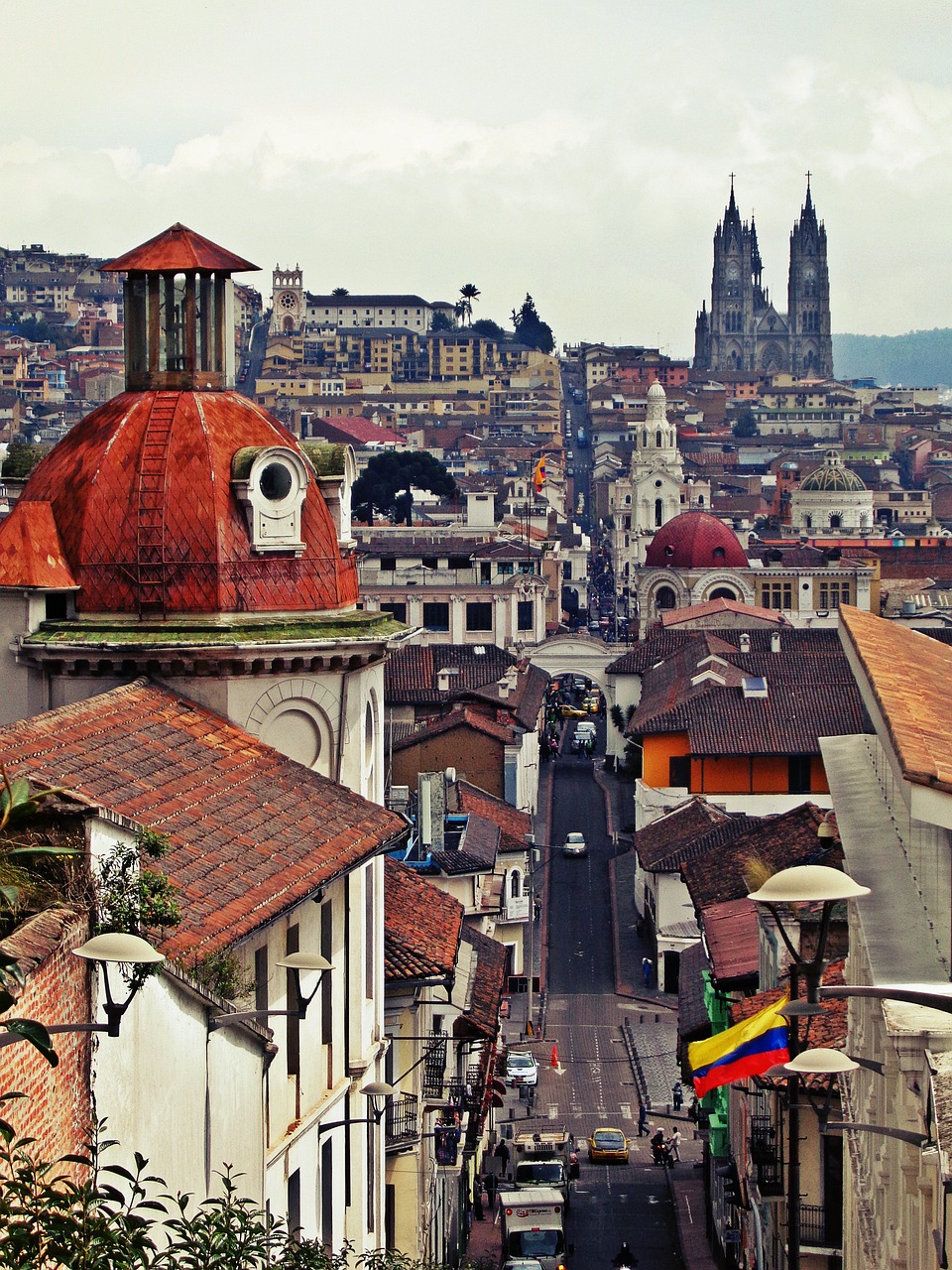
Festival of the Sun and Moon
- Andean Rituals: The Festival of the Sun and Moon, also known as the Raymi Festival, celebrates the Andean culture and traditions. The festival includes ancient rituals performed by indigenous communities, paying homage to the sun and moon.
- Traditional Music and Dance: The festival features traditional music and dance performances, showcasing the vibrant cultural heritage of the Andean region. Visitors can witness captivating performances that tell stories of ancestral traditions.
- Handicrafts and Art: The Festival of the Sun and Moon provides an opportunity to admire and purchase unique Andean handicrafts and artwork. Local artisans showcase their skills, offering a wide range of traditional crafts and textiles.
Christmas Celebrations
- Elaborate Nativity Scenes: Quito is known for its elaborate nativity scenes, known as “nacimientos.” These scenes depict the birth of Jesus and are often displayed in homes, churches, and public spaces throughout the city.
- Midnight Mass: Christmas Eve in Quito is marked by midnight Mass, where people gather in churches to celebrate the birth of Jesus. The Mass is accompanied by traditional Christmas carols and hymns.
- Fireworks and Firecrackers: Christmas celebrations in Quito are often accompanied by fireworks and firecrackers. The colorful displays and loud bangs add to the festive atmosphere and spirit of joy.
Ecuadorian Independence Day
- Flag-Raising Ceremony: Ecuadorian Independence Day is celebrated with a flag-raising ceremony, where the national flag is hoisted in prominent locations across Quito. The ceremony is accompanied by patriotic speeches and performances.
- Traditional Dances: The celebrations include traditional dance performances that showcase the diverse cultural heritage of Ecuador. Colorful costumes and energetic movements bring the spirit of independence to life.
- Street Markets: During Ecuadorian Independence Day, street markets offer a variety of traditional foods, handicrafts, and souvenirs. Visitors can explore the vibrant stalls and immerse themselves in the local culture.
Day of the Dead
- Altar Offerings: The Day of the Dead is a time to honor and remember deceased loved ones. Families create elaborate altars adorned with photographs, flowers, and favorite foods of the departed.
- Processions and Music: Processions take place in cemeteries, where families gather to pay their respects. Traditional music, including mournful melodies played on panpipes, accompanies the processions.
- Traditional Foods: During the Day of the Dead, families prepare traditional foods such as colada morada (a spiced fruit drink) and guaguas de pan (bread shaped like children). These offerings are shared among family and friends.
Conclusion
Quito Ecuador is a city that truly comes alive during its traditional festivals and celebrations. From religious processions to vibrant parades, these events offer a glimpse into the rich cultural heritage of the city. Whether it’s the Inti Raymi Festival, La Fiesta de la Luz, or El Pase del Niño Viajero, each celebration showcases the unique customs, music, dance, and cuisine that make Quito Ecuador a vibrant and captivating destination.
References
– quito.com.ec
– ecuador.travel
– quito.com
– ecuadorexplorer.com


